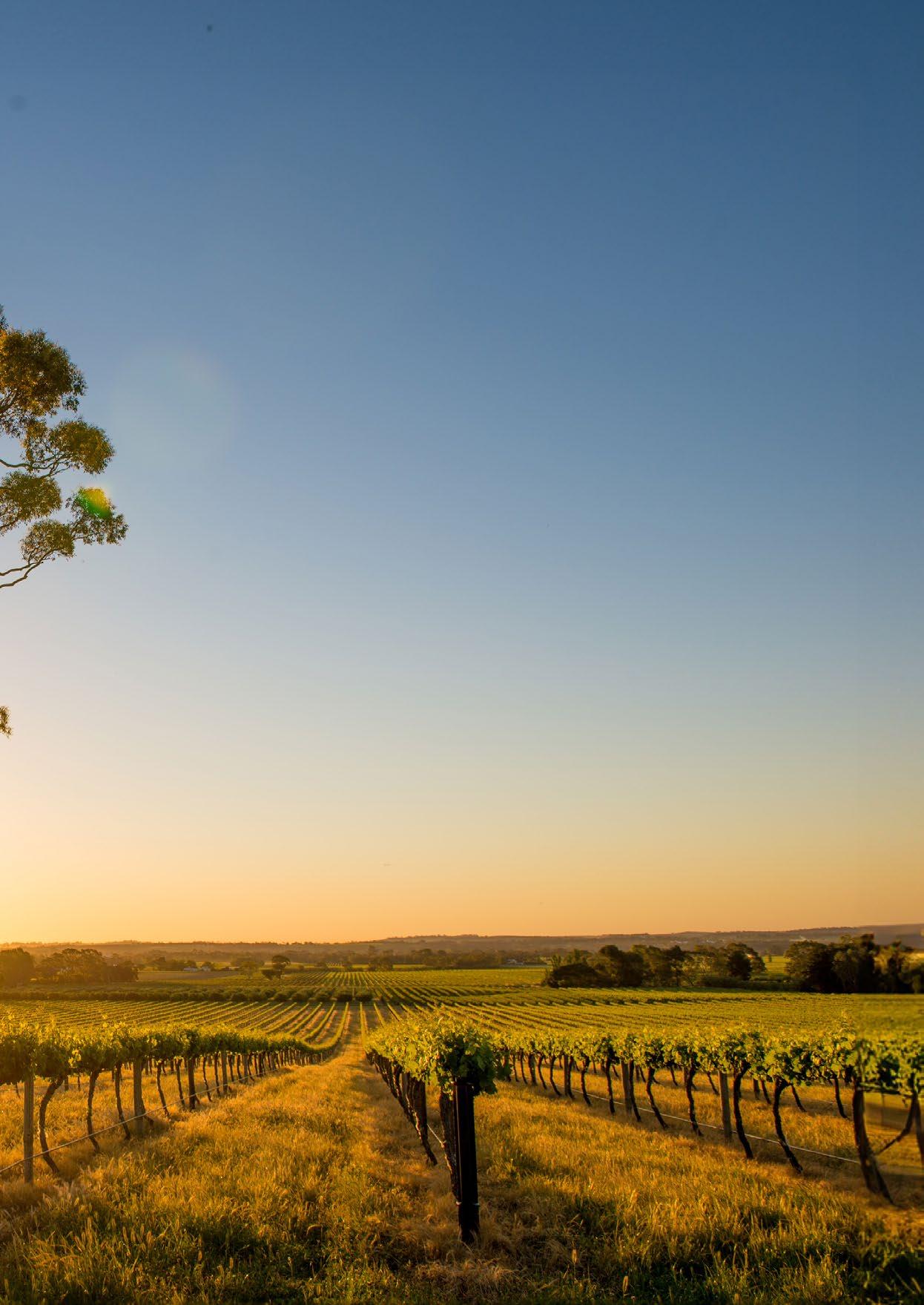
4 minute read
Q&A with Ralf Auer
My life at the pole: meet Ralf Auer
Ralf Auer spent over two years at the National Science Foundation’s (NSF) Amundsen-Scott South Pole Station as a winter-over experiments operator, responsible for maintaining and operating the US$300 million IceCube Neutrino Observatory. As a full time IceCube worker, Auer spends around two months of every year at the South Pole.

NAME
RALF AUER
OCCUPATION
SOUTH POLE SYSTEMS ADMINISTRATOR
Can you remember the first time you saw Antarctica?
Ralf Auer spent over two years at the National Science Foundation’s (NSF) Amundsen-Scott South Pole Station as a winter-over experiments operator, responsible for maintaining and operating the US$300 million IceCube Neutrino Observatory. As a full time IceCube worker, Auer spends around two months of every year at the South Pole.
What does a typical day look like?
It depends on your job. For some, that means working regular shift hours, like the kitchen staff, for others schedules can be more flexible and they can schedule their tasks more freely. I had a fair amount of flexibility in that regard and I would basically go to bed when I was tired and get up when I woke naturally. Surprisingly, this turned out to be almost exactly a 28-hour cycle, which means my schedule shifted by about four hours every day compared to my colleagues’ who had to work fixed hours.
The tough bits?
I had trouble falling asleep in the beginning when there is no natural day/night cycle. But after a few weeks, your body gets used to that. Some people take Vitamin D to compensate for the lack of sunlight, others have special little mood lights in their rooms that simulate the sun's spectrum. We also have a little gym and an exercise room with free weights and some cardio equipment. And even though all our food is basically canned or frozen and not fresh, it’s still pretty nutritious and our kitchen staff did an amazing job changing up the meals constantly so it never got boring.
The best bits?
The Southern Lights at the South Pole in the winter are simply amazing. There is no other place on Earth where you can see auroras so clearly and so frequently. Standing out there in the dark at -70°C watching auroras or the night sky for 15 minutes makes you feel like you're in outer space.
What about the weather?
Compared to the South Pole, the weather at McMurdo, which is on the coast, 800 miles from the South Pole on Ross Island, is really just a day at the beach. But more than experiencing a new level of cold and hostile weather, I’m more taken by the fact that I've reached a place on Earth that only very few people in the world would ever have the opportunity to visit, let alone to live for several months.
How do you cope being back home?
There is a culture shock when coming back into the ‘real world’. The strangest thing for me was when I got back to Christchurch and went to a supermarket and all of a sudden there were dozens of choices for everything. Instead of having milk out of a stainless steel jug, I now had seventeen different types of milk to choose from. My brain quickly got overloaded with stuff that I really didn't have to worry about for a long time.
Final thoughts?
One of the smartest things humanity has ever done was to protect the Antarctic through the Antarctic Treaty and to reserve it for science and research purposes only. I would hope that at some point we will understand how important preservation and conservation is and learn to appreciate our limited resources also in other parts of the world – something we're not always very good at.











